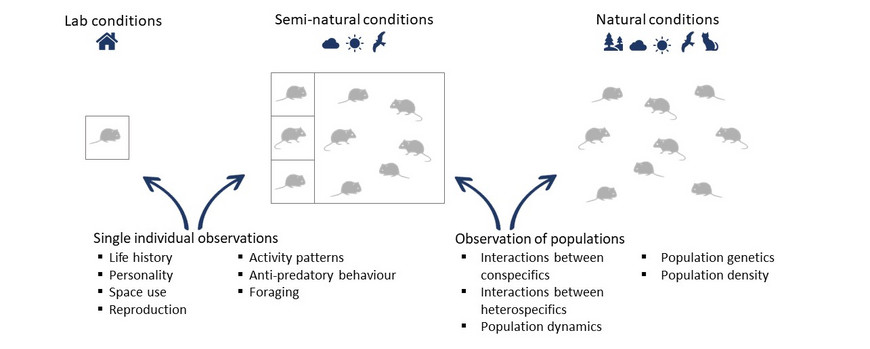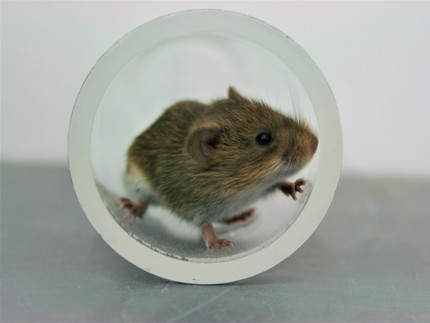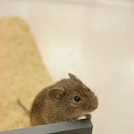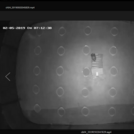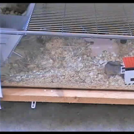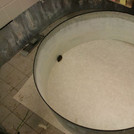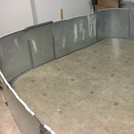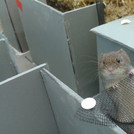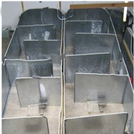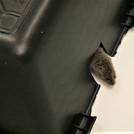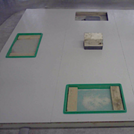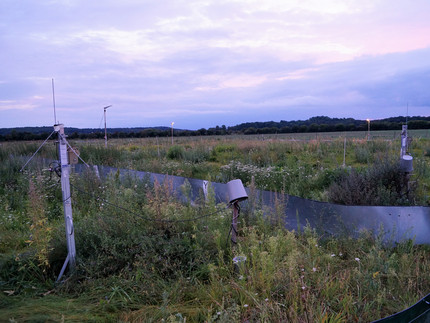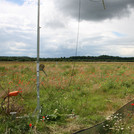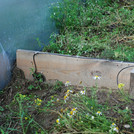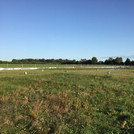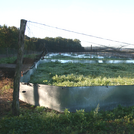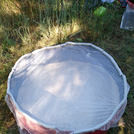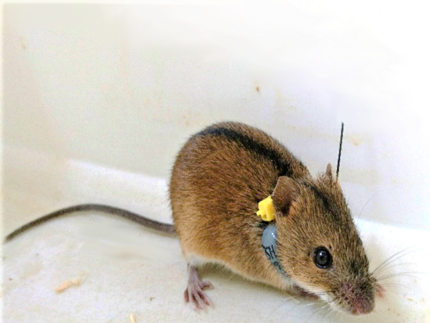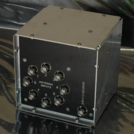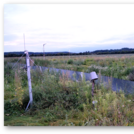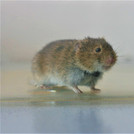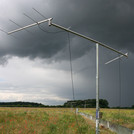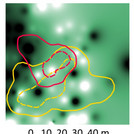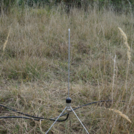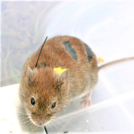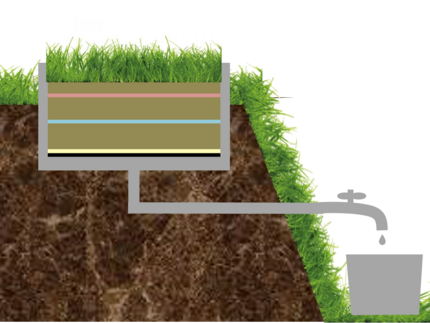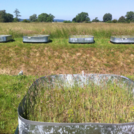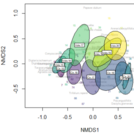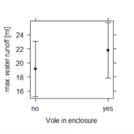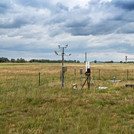Scientific Infrastructure of the Animal Ecology Group
The research facilities include a behavioural laboratory, as well as spacious outdoor facilities to study ecological questions on population biology, species community, movement ecology and behavioural ecology. We work with native small mammals (mice and voles) as study systems, since they fulfil important ecological functions: they influence vegetation, but are influenced by predation risk themselves as most mammalian predators and birds of prey hunt for small mammals.
Our combination of indoor arenas, enclosures and mobile setups, that can be deployed in the field, allows us to observe animal behaviour and its ecological consequences under different spatial and temporal scales, in a wide range of experimental conditions - from controlled, to semi-natural, to fully natural conditions.
Furthermore, behavioural observations can be conducted at different levels, from single individuals to whole populations, and at different time scales, from short-term to long-term experiments. This gives us the opportunity to address questions of evolutionary and behavioural ecology.
Facilities are used in scientific projects and for the education of students in ecology and animal behaviour.
Behavioural Lab
Our behavioural laboratory enables the observation of small mammals under controlled conditions. Observations can be carried out either in cages during short-term housing, or in flexibly configurable arenas, if a larger spatial scale is needed. All experimental rooms are equipped with a video monitoring system, allowing passive, disturbance-free observation of the animals within the experimental setups.
Outdoor Enclosures
The 3 ha site comprises of large and small enclosures, which are divided by fences. The site is dominated by meadow vegetation, which provides an almost natural habitat for small mammals. Large enclosures (0.25 ha each) are used to study experimental populations or species communities, while small enclosures (0.02 ha), covered with bird proof netting, are primarily used to observe the behaviour of single individuals. Ground predators are kept out by a wildlife fence around the entire site.
The enclosures can be equipped with live traps to allow easy capture of individuals and monitoring of the experimental populations. Furthermore, automated VHF telemetry, transponder reading stations and wildlife cameras can be employed in each enclosure to monitor movement patterns, spatial interactions of individuals, reproduction or foraging behaviour.
VHF Radiotelemetry
An automatic radiotelemetry system enables the continuous tracking of small mammals, as well as conclusions about their activity and spatial interactions in both experimental and free-living populations. Since small mammals are too small for current GPS transmitter models, we use very high frequency (VHF) radio transmitters (1.2g, Holohil, Canada) to track individuals over several days. The signal strengths of these transmitters are then automatically recorded with the help of several antennas connected to a multi-channel receiver (JDJC Corp., Illinois USA) and can subsequently be converted into positions within the experimental range. The interval at which signal strengths are detected depends on both the number of antennas used and the number of frequencies to be detected. The system can be operated with directional antennas as well as with omnidirectional antennas. The latter have the advantage that, due to their smaller size and flexibility, they allow better coverage of the observation area and mobile use in the field.
Future plans include the use of an encounter-logging system (Dulog Proximity Logging System, Duda Engineering) to monitor direct interaction of individuals.
Studies using our radio telemetry system
Lysimeter system
In 2013, our lysimeter system was set up at the Gülpe biological station. This consists of 16 small enclosures that were filled with soil, with marked layers of soil being drawn in at defined depths. The enclosures were left alone for two years to allow natural grassland growth. Since 2016, vole females have been placed in 8 of the 16 enclosures once a year for one week at a time to allow burrowing activity by the animals. Each enclosure is equipped with moisture and temperature sensors, as well as a drain with tipping bucket, to measure water runoff.
Measuring equipment for wind and air temperatures are installed in the immediate vicinity of the enclosures and the vegetation in the enclosures is regularly monitored.

